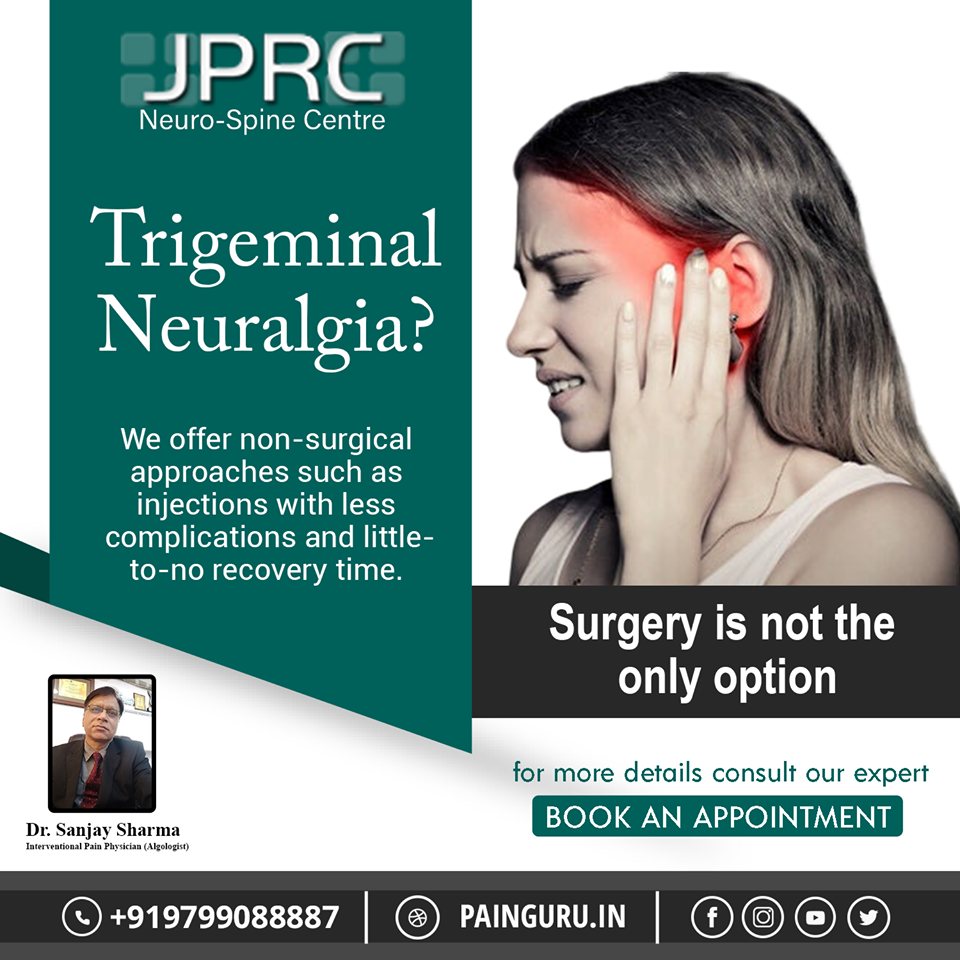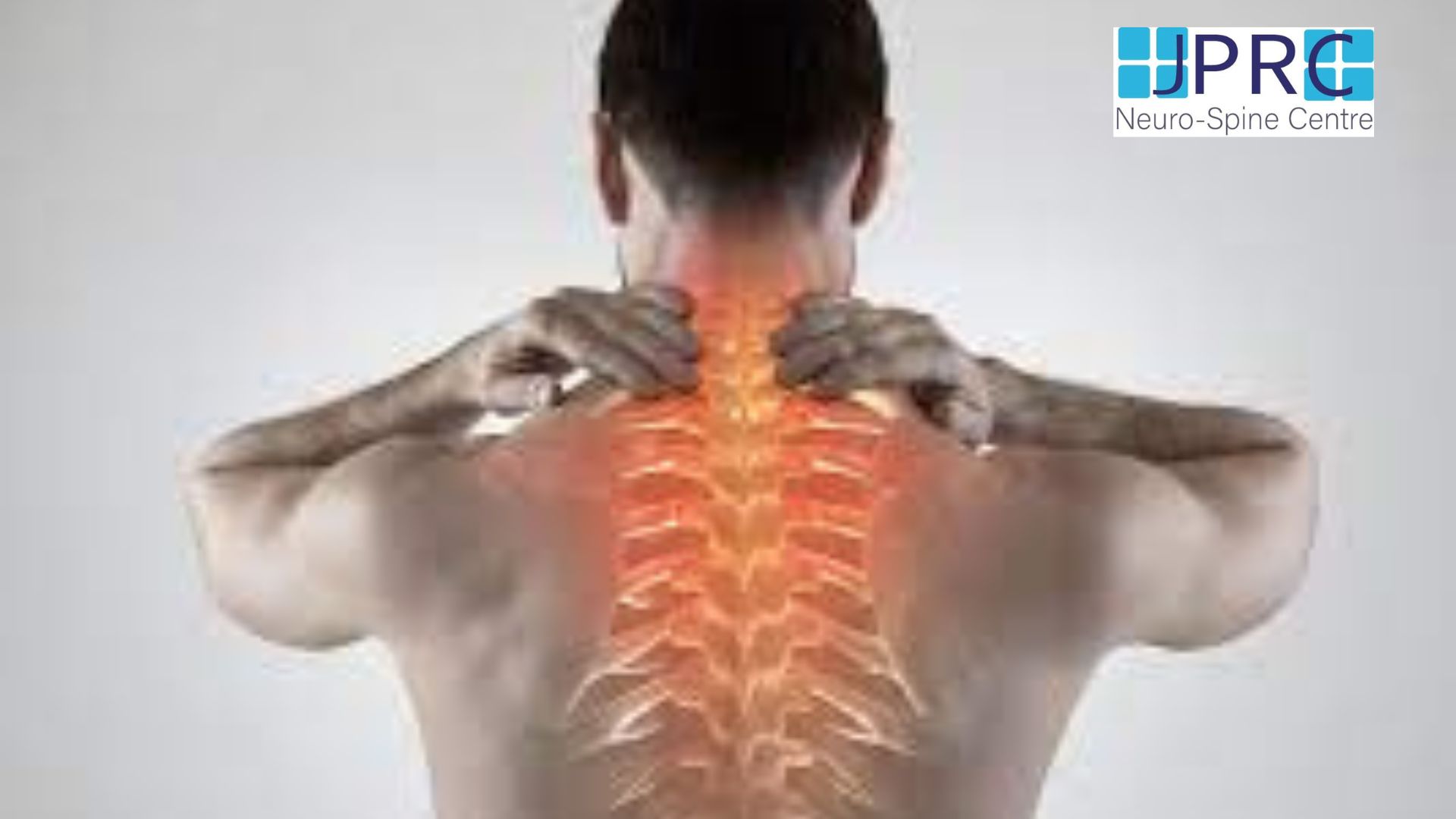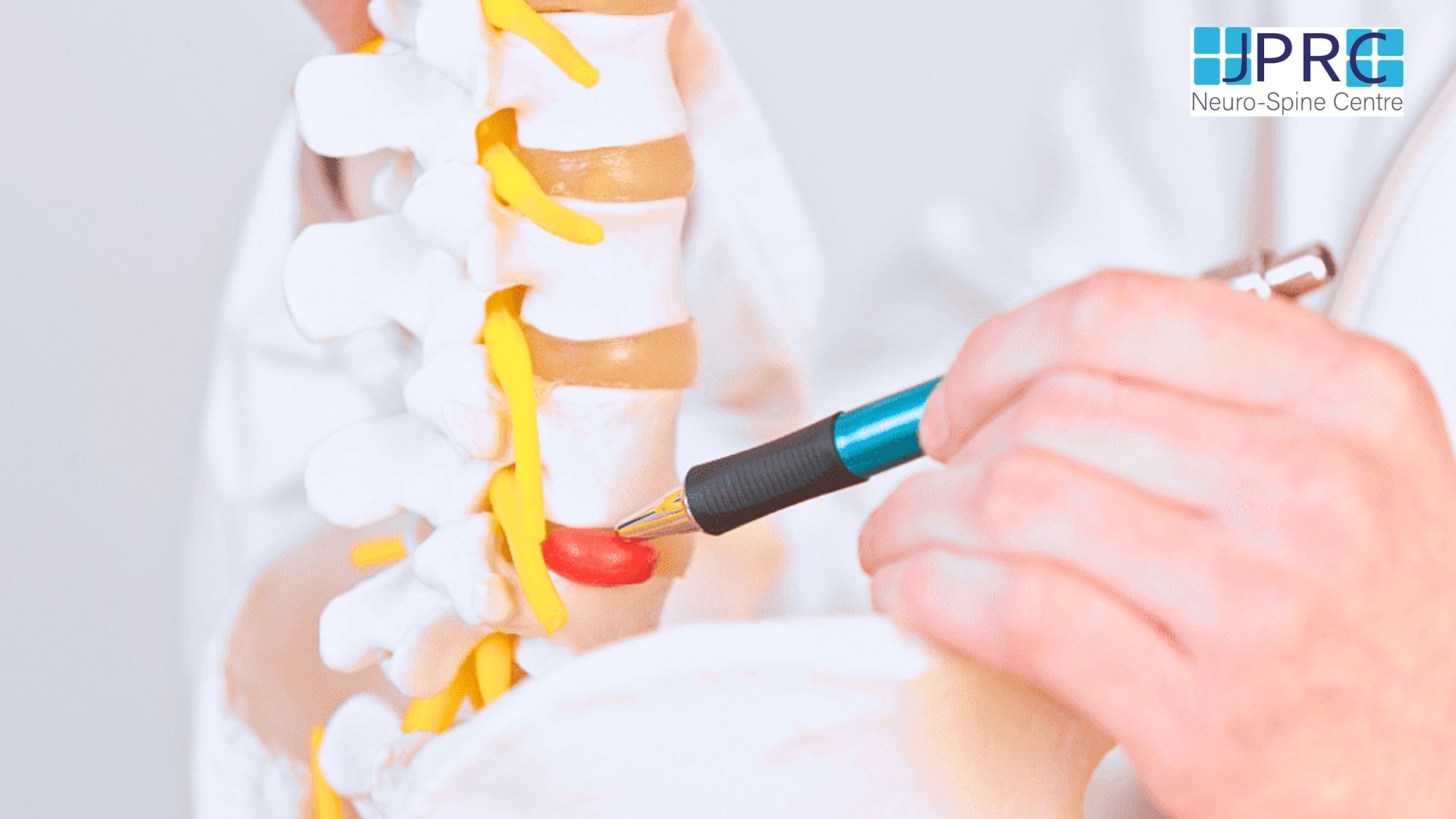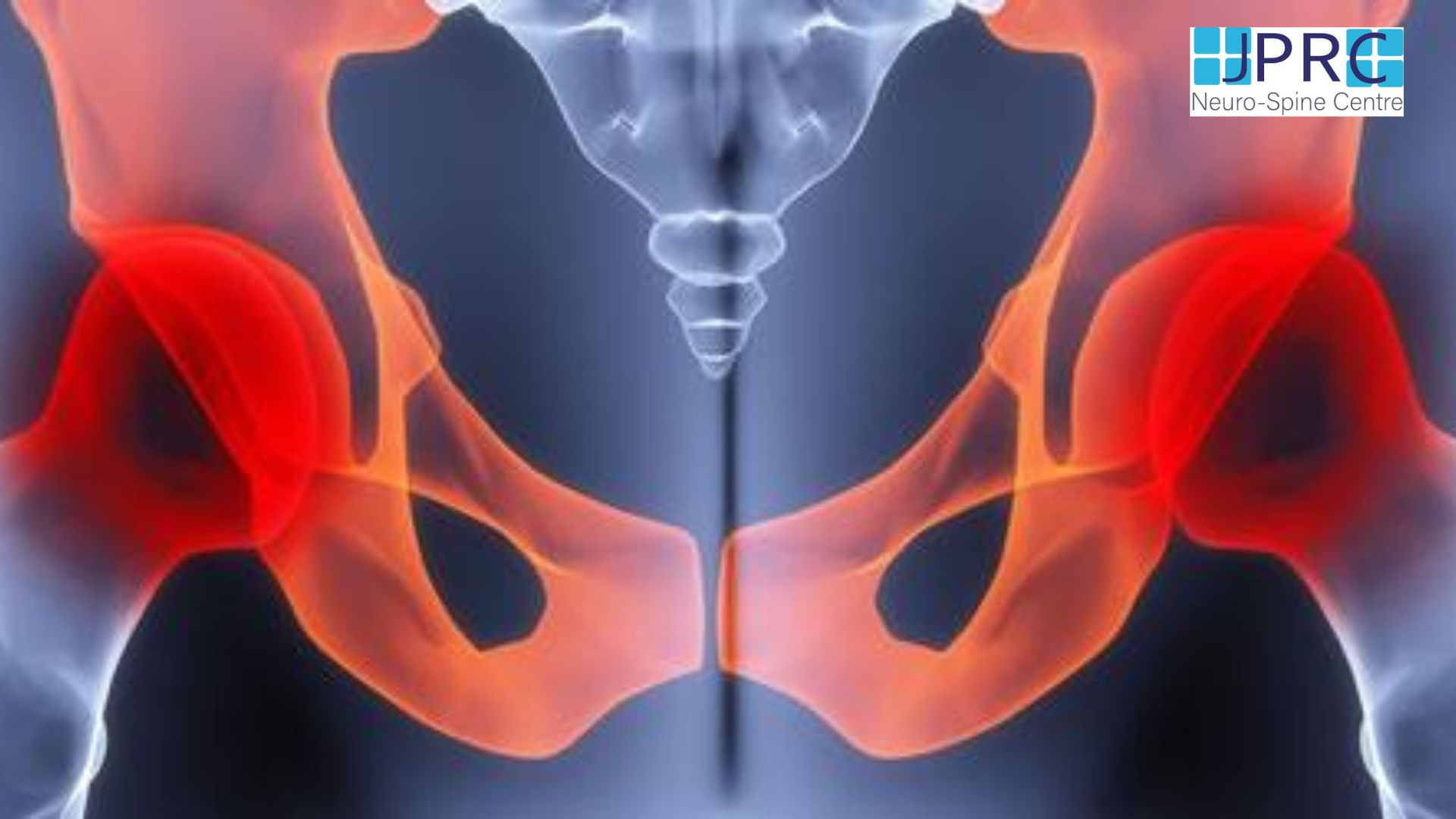TRIGEMINAL NEURALGIA Symptoms, Causes & Treatment
Trigeminal neuralgia may seem too simple at the bottom. This disease is derived from the nerve that attacks it and is called the trigeminal nerve. The trigeminal nerve is one of the twelve specialised nerves called the cranial nerve from the inside of the forehead.
You can make short and light attacks at first. However, trigeminal neuralgia can cause chronic pain and prolonged and frequent seizures. Trigeminal neuralgia affects women more often than men and is more likely to occur in people over 50.
Symptoms
This has been combined with one or more of the trigeminal neuralgia symptoms:
Episodes of intense, shooting, or jabbing pain can feel like an electric shock, spontaneous pain, or attacks triggered by things like touching the face, chewing, talking, or brushing teeth lasting from a few seconds to a few minutes.
Several episodes of more long-lasting attacks - some people never feel pain when they have no pain at all.
Pain affects one side of the mouth at a time but can rarely affect both sides of the mouth.
The following may trigger attacks of TN- Touching the skin lightly, Washing, Shaving, Brushing teeth, Blowing the nose, Drinking hot or cold beverages.
Cause
The function of the trigeminal nerve is disrupted. Usually, the problem is a standard blood vessel - in this case, an artery or vein - and communication between the trigeminal nerve at the base of your brain. This contact puts pressure on the nerve and makes it defective.
Trigeminal neuralgia can occur due to ageing, or it may be related to multiple sclerosis or a similar disorder that protects specific nerves and damages the myelin sheath. Trigeminal neuralgia can also be caused by a tumour that compresses the trigeminal nerve.
Some people may experience trigeminal neuralgia due to brain lesions or other abnormalities. In other cases, surgical trauma, stroke, or facial trauma may be responsible for trigeminal neuralgia.
Diagnosis
TN can be complicated to diagnose, as there is no specific diagnostic test, and the symptoms are very similar to other facial pain disorders. Important, especially if you have not recently had any other dental or oral surgery.
The patient should begin by resolving the problem with their primary care physician. They can then refer the patient to a interventional pain specialist।
Testing
A high-resolution, thin-slice, or three-dimensional MRI may reveal if there is a cause of compression caused by a blood vessel.
New scanning techniques fiesta sequence can show whether a vessel is putting pressure on a nerve and also show the degree of compression. The matter of contraction due to arteries is not easily identified in these scans. Tests can help to rule out other causes of oral disorders.
Treatment
Medication
Pain can relieve pain and reduce the number of attacks. The first form of treatment is usually an anti-seizure drug, which is a drug that prevents nerve firing. Some other second-line or combination medications include muscle relaxants and tricyclic antidepressants.
Glycerol Injections
During this procedure, you will become severely dizzy and experience local anaesthesia. Your doctor will insert a needle through your cheek and into the base of your skull.
X-rays operate the needle into a small sac of spinal fluid that surrounds the root of the trigeminal nerve. Once the hand is in place, a small amount of sterile glycerol is secreted. Signals related to glycerol pain may impair nerve capacity, or it may be able to heal damaged nerves.
Radiofrequency Rhizolysis or Neurostimulation
One of Best minimal invasive pain relief procedure.
Radiofrequency is type of waves as non harmful to nerve or any vital structure in controlled manner.in this technique ,your qualified interventional pain physician or neurosurgeon will facilate the procedure,under fluroscopic guidance in specialised cath lab or fluroscopic suite.under image guidance your pain physician will anesthetise the enetry point with xylocaine 2% local infilteration.after few minute a RF canula 22 gauze will directed to foramen ovale after that do neurostimulation in sensory or motor testing done to identify the mandibular nerve distribution, now further proceed to base of skull ,at Trigeminal ganglion area,which can be asses by different segment zone like ophthalmic, maxillary,mandibular nerve root areas.
Select the nerve dermatome with sensory and motor stimulation.then your pain physician will conventional RF or Pulse Radiofrquency method.after procedure patient kept in observation for 24 hours for any side effects or pain evaluation.and patient is asked to do report any untoward symptoms like redness, burning,numbness.so your doctor will advice you accordingly.this procedure is veryeconimical in surgery cost in india.
Gamma-Knife Radiosurgery
It is an external patient procedure that uses a targeted method to deliver radiation that destroys the trigeminal nerve. It is gaining popularity due to its accuracy, efficacy and it is considered safe compared to other surgical treatments and is the least invasive option.its very costly procedure, not affordable and accessible easily.
Summary
As most of doctor keep on medicine for years as they believe in opinion that Trigeminal Neuralgia is untreatable by any physician.its wrong and myth as prevailing in medical society.it has definitive treatment ,if a right doctor treat your case.
Trigeminal neuralgia is extremely painful but not fatal. There is no cure for trigeminal neuralgia is totally misleading. Now a days if you want a definitive treatment you should consult to interventional Pain Physician,Therefore, the goal of treatment for trigeminal neuralgia is to reduce dangerous side effects. And effectively manage the painful symptoms with safest interventional procedures like Radiofrequecy, gamma knife,Baloon Decompression etc.


































































.jpg)











_Injection_Description_in_Hindi.jpg)



















.jpg)










.jpg)




.jpg)
.jpg)
.jpg)







.jpg)
.jpg)
.jpg)
.jpg)
.jpg)
.jpg)
.jpg)
.jpg)
.jpg)
.jpg)
.jpg)
.jpg)
.jpg)
.jpg)
.jpg)
.jpg)
.jpg)
.jpg)
.jpg)
.jpg)
.jpg)
.jpg)








1.jpg)
1.jpg)

1.jpg)
1.jpg)
1.jpg)
1.jpg)
1.jpg)










2.jpg)
3.jpg)



4.jpg)
1.jpg)
2.jpg)

5.jpg)

6.jpg)




7.jpg)
2.jpg)

8.jpg)

9.jpg)
3.jpg)

10.jpg)

11.jpg)


12.jpg)
4.jpg)






























